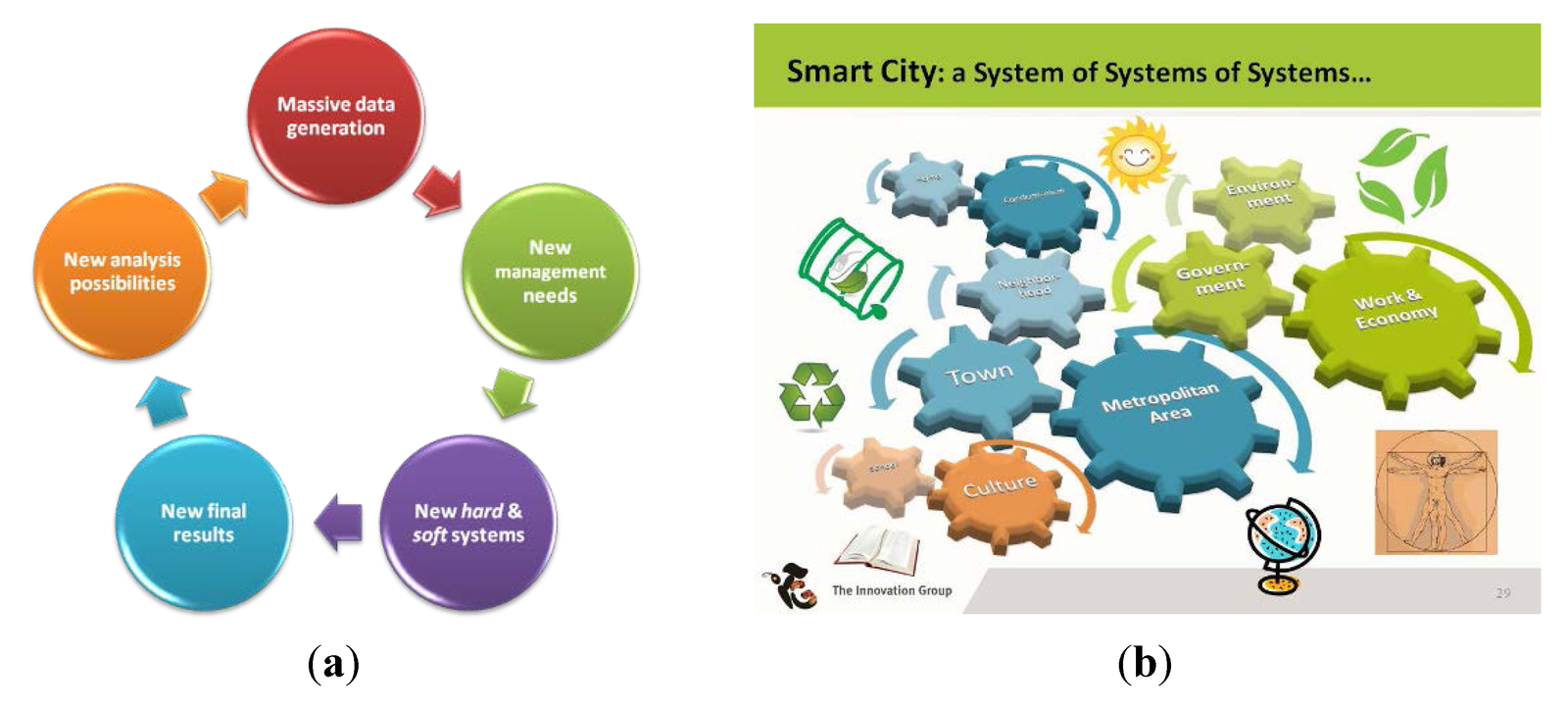Introduction to Parallel Data and Paraphrase Evaluation
Parallel Data in Natural Language Processing (NLP)
Parallel data refers to a collection of texts in different languages or variations that convey the same meaning or information. In the context of Natural Language Processing (NLP), parallel data plays a crucial role in tasks such as machine translation, cross-lingual information retrieval, and language model training. It enables the development of systems that can understand and generate language in multiple languages or styles.
Parallel data consists of pairs or sets of sentences, paragraphs, or documents that are translations or paraphrases of each other. The availability of high-quality parallel data is essential for training NLP models that can accurately translate or generate text in different languages or styles.
Paraphrase Evaluation
Paraphrase evaluation is the process of assessing the quality and semantic equivalence of paraphrases generated by NLP systems or human annotators. A paraphrase is a restatement of a given text using different words or phrases while preserving the original meaning. Paraphrase evaluation is crucial for various NLP applications, including text summarization, question answering, and data augmentation for model training.
Evaluating paraphrases involves measuring the semantic similarity between the original text and its paraphrased version. This evaluation helps ensure that the generated paraphrases accurately capture the intended meaning and can be used effectively in downstream tasks. Paraphrase evaluation is also important for benchmarking and comparing the performance of different NLP models or algorithms designed for paraphrase generation or understanding.
Applications of Parallel Data and Paraphrase Evaluation
Parallel data and paraphrase evaluation have numerous applications in the field of natural language processing (NLP) and beyond. One of the primary applications is in machine translation, where parallel data consisting of text in multiple languages is used to train translation models. By analyzing the parallel sentences and their translations, these models learn to map words and phrases from one language to another, enabling accurate and fluent translations.
Another important application is in text summarization, where the goal is to generate concise summaries of longer documents while preserving the essential information.
Parallel data and paraphrase evaluation also play a crucial role in language generation tasks, such as dialogue systems, content creation, and creative writing assistance. By analyzing parallel data consisting of input prompts and corresponding output texts, language models can learn to generate coherent and contextually appropriate responses or content. Paraphrase evaluation metrics can be used to evaluate the quality, diversity, and relevance of the generated outputs.
In addition to these core NLP applications, parallel data and paraphrase evaluation have found utility in areas such as plagiarism detection, information retrieval, and semantic similarity analysis. By comparing texts and identifying paraphrases, these techniques can help detect instances of plagiarism, improve search engine results, and measure the semantic similarity between documents or sentences.
Overall, parallel data and paraphrase evaluation are powerful tools that enable machines to understand and generate human-like language, facilitating a wide range of applications that enhance our ability to communicate, process, and interact with textual information.
Challenges in Collecting Highly Parallel Data
Collecting highly parallel data for paraphrase evaluation is a challenging task that presents several difficulties and complexities. One of the primary challenges is language diversity. Paraphrases can vary significantly across different languages, dialects, and cultural contexts, making it difficult to obtain parallel data that accurately represents the nuances and idiosyncrasies of each language.
Another challenge lies in domain specificity. Paraphrases can have different characteristics and patterns depending on the domain or subject matter. For example, paraphrases in technical or scientific domains may require a higher level of precision and accuracy compared to those in more general or conversational contexts. Collecting parallel data that covers a wide range of domains can be resource-intensive and time-consuming.
Data scarcity is another obstacle in collecting highly parallel data. While there are numerous sources of text data available, finding truly parallel data, where the same content is expressed in different ways, can be scarce. This scarcity is further exacerbated when dealing with low-resource languages or niche domains, where data availability is limited.
Additionally, ensuring the quality and consistency of parallel data is a significant challenge. Paraphrases can be subjective, and different annotators may have varying interpretations of what constitutes a valid paraphrase. Developing clear guidelines and establishing inter-annotator agreement can be a complex and iterative process.
Finally, the cost and effort associated with collecting and annotating large-scale parallel data can be substantial. Manual annotation by human experts is often required to ensure high-quality data, which can be time-consuming and expensive, especially for low-resource languages or specialized domains.
Data Sources for Parallel Data Collection
Collecting highly parallel data for paraphrase evaluation can be achieved through various data sources. One valuable source is multilingual websites, where content is available in multiple languages, providing a natural source of parallel data. These websites can range from government portals, news outlets, and educational resources to commercial sites that cater to a global audience.
Another rich source of parallel data is translation memories, which are databases used by professional translators to store previously translated text segments. These memories often contain high-quality translations across various domains and language pairs, making them a valuable resource for parallel data collection.
Crowdsourcing platforms, such as Amazon Mechanical Turk or Upwork, can also be leveraged for collecting parallel data. By creating tasks that involve translating or paraphrasing text, these platforms enable access to a diverse pool of human contributors, allowing for the collection of parallel data at scale.
Additionally, open-source parallel corpora, such as the Europarl Corpus, OpenSubtitles, and the Parallel Corpus from the OPUS Project, can provide readily available parallel data for various language pairs and domains. These corpora are often curated and preprocessed, making them a convenient starting point for parallel data collection.
Data Preprocessing and Quality Assurance
Data preprocessing and quality assurance are crucial steps in collecting highly parallel data for paraphrase evaluation. Raw data can often contain noise, inconsistencies, and errors that can negatively impact the performance of downstream tasks, such as paraphrase evaluation. Therefore, it is essential to implement robust data preprocessing and quality assurance techniques to ensure the collected data is clean, consistent, and suitable for paraphrase evaluation.
One of the primary goals of data preprocessing is to clean and standardize the data. This may involve tasks such as removing irrelevant or redundant information, handling missing values, and converting data into a consistent format. For example, in the context of paraphrase evaluation, data preprocessing may involve removing HTML tags, special characters, or other markup from text data.
Another important aspect of data preprocessing is normalization. This involves transforming the data into a consistent representation, which can improve the performance of machine learning models and ensure fair comparisons across different datasets. Common normalization techniques include tokenization, stemming, lemmatization, and stop-word removal.
Collected data
Quality assurance is equally important in ensuring the collected data is suitable for paraphrase evaluation. This may involve manual or automated checks to identify and remove low-quality or irrelevant data points. For instance, quality assurance measures may involve filtering out pairs of sentences that are not true paraphrases or identifying and removing instances of plagiarism or machine-generated text.
Additionally, quality assurance may involve assessing the diversity and representativeness of the collected data. A diverse and representative dataset is essential for ensuring that the paraphrase evaluation models trained on this data can generalize well to real-world scenarios.
Overall, data preprocessing and quality assurance are essential steps in collecting highly parallel data for paraphrase evaluation. By implementing robust techniques in these areas, researchers and practitioners can ensure that the collected data is clean, consistent, and suitable for training and evaluating paraphrase evaluation models, ultimately leading to more reliable and accurate results.
Annotation Strategies for Paraphrase Evaluation
Annotating parallel data for paraphrase evaluation is a crucial step in the process of collecting high-quality data for training and evaluating paraphrase models. Several annotation strategies can be employed, each with its own advantages and drawbacks. The choice of annotation strategy depends on factors such as the complexity of the task, the availability of resources, and the desired level of accuracy.
Expert Annotation
Expert annotation involves hiring domain experts or linguists to manually annotate the parallel data. This approach typically yields high-quality annotations but can be time-consuming and expensive, especially for large datasets. Expert annotators are trained to follow well-defined guidelines and ensure consistency in the annotation process.
Crowdsourcing
Crowdsourcing platforms, such as Amazon Mechanical Turk or Figure Eight, allow researchers to outsource the annotation task to a large pool of workers. While crowdsourcing is more cost-effective than expert annotation, it may result in lower-quality annotations due to the variability in worker skills and the potential for inconsistencies. Effective quality control mechanisms, such as worker qualifications, redundant annotations, and adjudication processes, are essential for ensuring reliable annotations.
Automated Approaches
Automated approaches leverage machine learning models or heuristic rules to annotate parallel data. These approaches can be efficient and scalable, but their accuracy heavily depends on the quality of the training data and the complexity of the paraphrase detection task. Automated approaches often require human validation or post-processing to ensure the annotations’ reliability.
Hybrid Approaches
Hybrid approaches combine elements from different annotation strategies to leverage their strengths and mitigate their weaknesses. For example, a hybrid approach could involve using an automated model to generate initial annotations, followed by expert review and correction. Another approach could involve crowdsourcing for a first pass of annotations, followed by expert adjudication for quality control.
Regardless of the annotation strategy chosen, it is crucial to establish clear guidelines and protocols to ensure consistency and quality in the annotation process. Additionally, it is essential to consider the trade-offs between annotation quality, cost, and time constraints when selecting an annotation strategy for paraphrase evaluation.
Evaluation Metrics for Paraphrase Quality
Evaluating the quality of paraphrases is a crucial step in the process of collecting highly parallel data for paraphrase evaluation.
BLEU (Bilingual Evaluation Understudy)
BLEU is a widely adopted metric in machine translation and paraphrase evaluation. It measures the n-gram overlap between the reference text and the generated paraphrase, considering both precision and brevity penalty. BLEU scores range from 0 to 1, with higher scores indicating better paraphrase quality.
METEOR (Metric for Evaluation of Translation with Explicit ORdering)
METEOR is another popular metric that considers not only n-gram matches but also stem, synonym, and paraphrase matches. It incorporates word-level alignment and penalties for incorrect word order. METEOR scores also range from 0 to 1, with higher values indicating better paraphrase quality.
Semantic Similarity Measures
In addition to lexical overlap metrics, semantic similarity measures can provide a more nuanced evaluation of paraphrase quality. These measures assess the semantic equivalence between the original text and the paraphrase, often leveraging techniques from natural language processing and machine learning. Examples include:
- Word Embeddings: Comparing the cosine similarity between word embeddings of the original text and paraphrase.
- Sentence Embeddings: Computing the cosine similarity between sentence embeddings obtained from pre-trained language models like BERT or RoBERTa.
- Semantic Textual Similarity (STS): Leveraging STS models trained on human-annotated data to measure the semantic similarity between texts.
Human Evaluation
This involves having human annotators assess the paraphrases based on criteria such as adequacy (preserving the meaning of the original text), fluency (grammatical correctness and naturalness), and overall quality.
It’s important to note that no single metric can capture all aspects of paraphrase quality, and different metrics may be more suitable for different tasks or domains.
Tools and Libraries for Parallel Data Collection and Paraphrase Evaluation
There are several popular tools and libraries available for collecting parallel data and evaluating paraphrases. It also includes utilities for downloading and working with various corpora, including parallel data.
Moses is a statistical machine translation system that can be used for creating and evaluating parallel data. It supports various language pairs and provides tools for data preprocessing, model training, and translation.
In addition to these general-purpose tools, there are libraries specifically designed for paraphrase evaluation. The PARAPET library, for example, provides a framework for evaluating paraphrase generation models using various metrics and datasets. The Paraphrase Adversaries from Word Scrambling (PAWS) dataset is a popular benchmark for evaluating paraphrase identification models.
Other useful libraries include the Hugging Face Transformers library, which provides pre-trained models and utilities for various natural language processing tasks, including paraphrase generation and evaluation. The SentenceTransformers library, built on top of Transformers, offers an easy-to-use interface for computing sentence embeddings, which can be useful for paraphrase detection and similarity scoring.
When working with parallel data and paraphrases, it is essential to choose the appropriate tools and libraries based on the specific task requirements, such as the language pair, data size, and computational resources available. Many of these tools are highly configurable and can be customized to suit specific needs.
Case Studies and Best Practices
Machine Translation Parallel Corpora: Many organizations have successfully leveraged existing machine translation parallel corpora for paraphrase evaluation tasks. The advantage of this approach is the availability of large-scale, diverse data sources. However, care must be taken to ensure the extracted paraphrases are natural and representative of the target domain.
Crowdsourcing and Human Annotation: Several projects have employed crowdsourcing platforms like Amazon Mechanical Turk to collect paraphrase data from human annotators. This approach allows for targeted data collection tailored to specific domains or use cases. Best practices include providing clear guidelines, quality control mechanisms, and incentives for high-quality annotations.
Data Augmentation and Generation: Recent advancements in natural language generation models have enabled the automatic creation of paraphrase data. While these models can produce large volumes of data quickly, careful filtering and quality control are essential to ensure the generated paraphrases are meaningful and accurate. A successful strategy is to combine automatically generated data with human-curated examples, leveraging the strengths of both approaches.
Domain-Specific Corpora: For specialized domains like legal, medical, or technical fields, collecting parallel data from domain-specific corpora can be highly valuable. These corpora often contain paraphrases naturally occurring in the form of restatements, explanations, or alternative phrasings. However, extracting and curating these paraphrases can be challenging due to the specialized language and domain-specific nuances.
Continuous Learning and Iteration: Successful projects emphasize the importance of continuous learning and iteration. This iterative process helps to improve the quality and diversity of the parallel data over time.
Future Directions and Emerging Trends
The field of parallel data collection and paraphrase evaluation is rapidly evolving, driven by advances in natural language processing (NLP) and machine learning techniques. One promising direction is the use of transfer learning, which involves leveraging pre-trained language models on large datasets and fine-tuning them for specific tasks, such as paraphrase generation or evaluation. This approach can significantly reduce the amount of parallel data required and improve model performance.
Another emerging trend is the exploration of few-shot learning techniques, which aim to learn from a limited number of examples. By combining transfer learning with few-shot learning, researchers can potentially develop models that can effectively learn from small amounts of parallel data, making the data collection process more efficient and cost-effective.
Multimodal data, which combines text with other modalities such as images, videos, or audio, is also gaining traction in the field of parallel data collection and paraphrase evaluation. Multimodal data can provide additional context and information, leading to more accurate and nuanced paraphrase generation and evaluation models.
This collaboration between human experts and machine learning models can lead to more robust and trustworthy solutions.
Additionally, the development of efficient and scalable data collection pipelines, leveraging techniques such as crowdsourcing, gamification, and automated data generation, can facilitate the acquisition of large-scale parallel data for paraphrase evaluation tasks.
As the field continues to evolve, researchers and practitioners should stay abreast of these emerging trends and explore their potential applications in various domains, such as natural language understanding, machine translation, and content generation.
Ethical Considerations and Challenges
One of the primary concerns is data privacy and the potential misuse of personal information. Many sources of parallel data, such as online forums, social media, and chat logs, may contain sensitive or identifying information about individuals.
Another ethical consideration is the potential for bias in the collected data. It is crucial to be aware of these biases and take steps to mitigate them, such as curating diverse and inclusive datasets, implementing debiasing techniques, and conducting regular bias audits.
Furthermore, the collection and use of parallel data for paraphrase evaluation may raise intellectual property and copyright concerns.
Ethical challenges also arise in the annotation process for paraphrase evaluation. Annotators may be exposed to potentially harmful or offensive content, which could have psychological impacts. Proper guidelines, support systems, and content moderation practices should be in place to protect annotator well-being.
Finally, the misuse or misinterpretation of paraphrase evaluation models could lead to unintended consequences, such as the propagation of misinformation or the generation of harmful or biased content. It is crucial to develop and deploy these models responsibly, with transparency and accountability mechanisms in place, and to continuously monitor their impact on society.
Conclusion
Collecting highly parallel data is a crucial task for effective paraphrase evaluation in the field of natural language processing (NLP). Throughout this content, we have explored various aspects of this process, including data sources, preprocessing techniques, annotation strategies, evaluation metrics, and tools/libraries.
The availability of high-quality parallel data is essential for training and evaluating paraphrase models, which have numerous applications in areas such as question answering, text summarization, and semantic search. By ensuring that the data is highly parallel, researchers and developers can accurately assess the performance of their models in capturing semantic equivalence while allowing for lexical and syntactic variations.
Moreover, the collection of highly parallel data enables the development of more robust and generalizable paraphrase models, capable of handling diverse linguistic phenomena and adapting to different domains and contexts. This, in turn, contributes to the advancement of NLP technologies and their real-world applications, ultimately benefiting end-users and driving innovation.
However, collecting highly parallel data is not without its challenges. Collaborative efforts, shared resources, and adherence to best practices are crucial for overcoming these obstacles and fostering progress in this field.
As NLP continues to evolve, the demand for highly parallel data and effective paraphrase evaluation will only increase. By embracing the principles and techniques discussed in this content, researchers and practitioners can stay at the forefront of this exciting field, unlocking new possibilities and driving the development of more sophisticated and impactful NLP applications.










